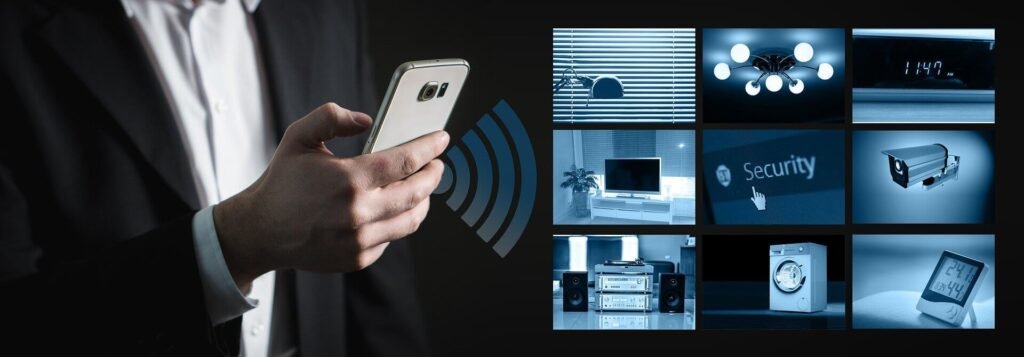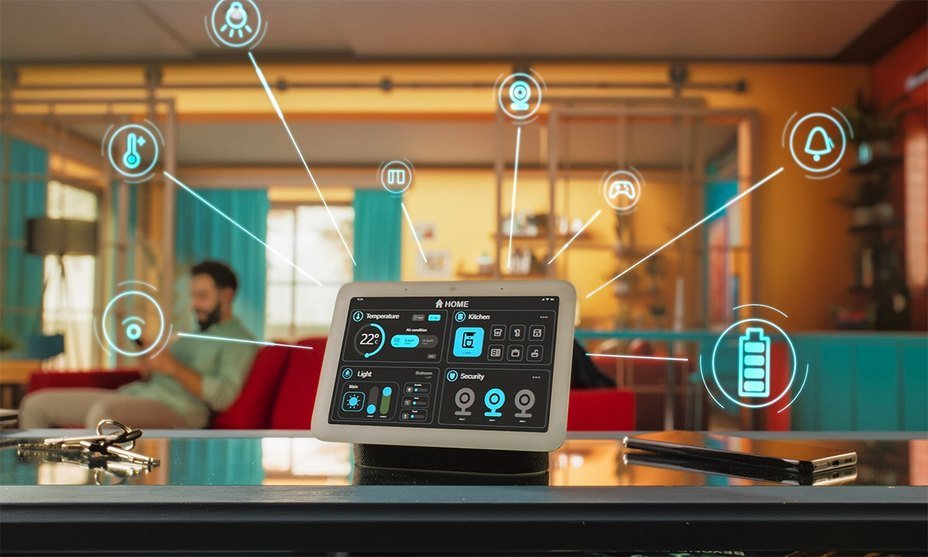As smart homes become more advanced in 2025, they bring unmatched convenience—but also new cybersecurity risks. With everything from lights and locks to cameras and appliances connected to the internet, your smart home can be a target for hackers if not properly secured. Fortunately, there are smart, practical steps you can take to protect your connected devices and personal data.

Why Smart Homes Are at Risk
Smart home devices often communicate through cloud services or home networks. Hackers may exploit weak passwords, outdated firmware, or unsecured networks to gain access. Once inside, they could control devices, spy through cameras, or steal sensitive information.
With smart homes becoming more mainstream in 2025, attackers are getting more sophisticated. That’s why staying ahead with proactive security is more important than ever.
Top Smart Home Security Tips for 2025
1. Use Strong, Unique Passwords for Each Device
One of the simplest yet most overlooked steps is using strong, unique passwords. Avoid default credentials or easily guessed phrases like “admin123.” Use a password manager to create and store complex passwords for each device and service.
2. Enable Two-Factor Authentication (2FA)
Whenever possible, enable 2FA on your smart home accounts. This adds an extra layer of protection by requiring a second form of verification (like a code sent to your phone) in addition to your password.
3. Keep Firmware and Software Updated
Manufacturers regularly release updates to patch security vulnerabilities. Set devices to automatically update if the option is available, or regularly check for firmware and app updates manually.
4. Secure Your Wi-Fi Network
Your home network is the gateway to all your smart devices. Ensure your Wi-Fi uses WPA3 encryption, change the default router name and password, and create a guest network for visitors to keep your primary network secure.
5. Use a Smart Home Hub with Built-in Security
In 2025, many smart home hubs now come with AI-driven security features, including network monitoring, intrusion detection, and real-time alerts. Investing in a trusted smart hub can help centralize security and simplify device management.
6. Disable Unused Features
If your devices come with features like remote access or voice commands you don’t use, turn them off. This reduces the number of potential entry points for hackers.
7. Monitor for Suspicious Activity
Use apps or smart security platforms to track unusual activity. Alerts for failed login attempts, new device connections, or changed settings can be early warnings of a breach.
The Future of Smart Home Security
In 2025 and beyond, expect increased use of AI-based threat detection, blockchain identity verification, and biometric access controls in smart home security systems. These technologies will make it even harder for hackers to break in—but only if homeowners also do their part.
Conclusion
A smart home should be a safe home. While the convenience of automation is undeniable, protecting your connected devices from hackers is essential. By taking a few proactive steps today, you can enjoy a smarter, safer living space in 2025 and beyond.













